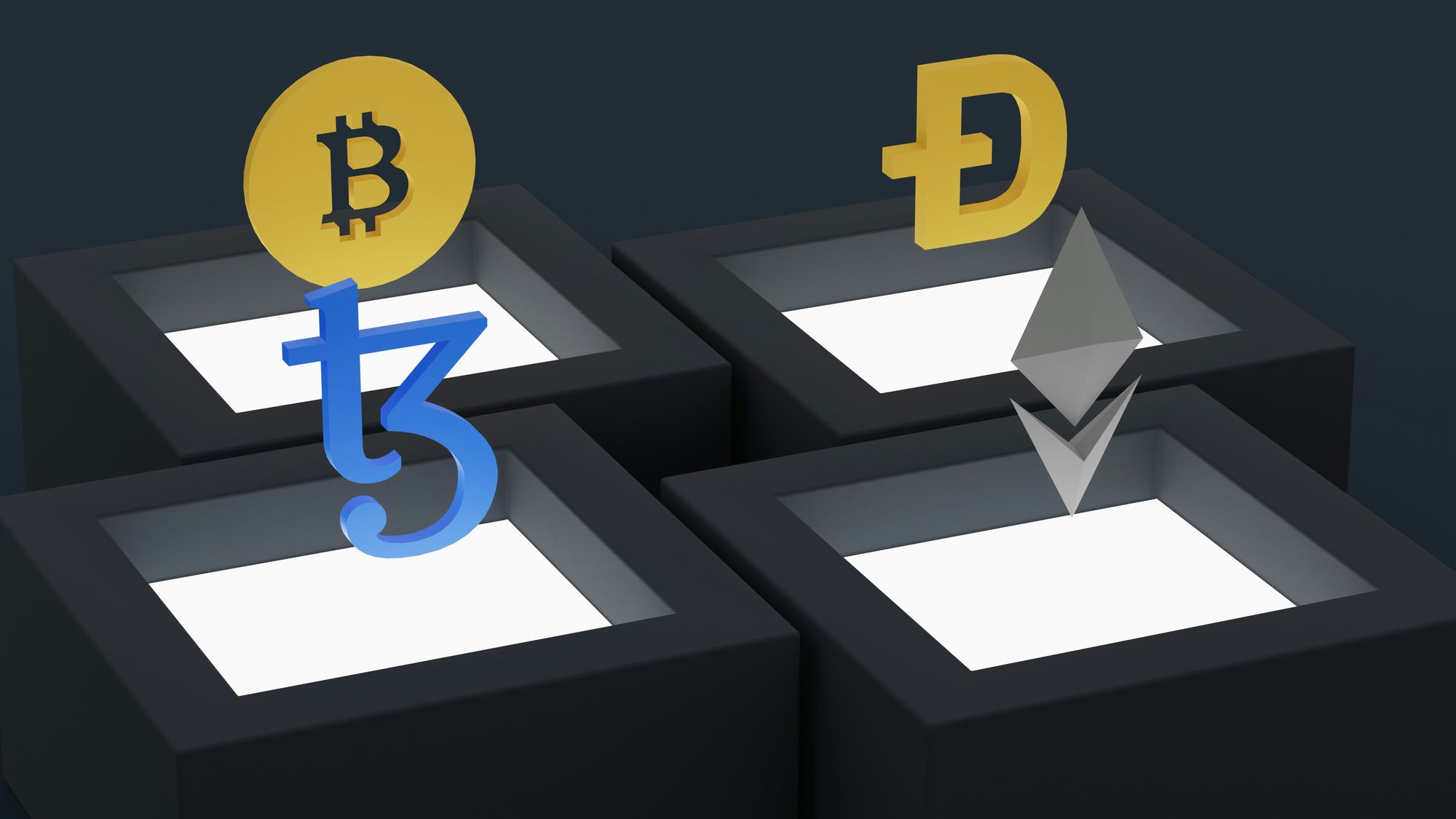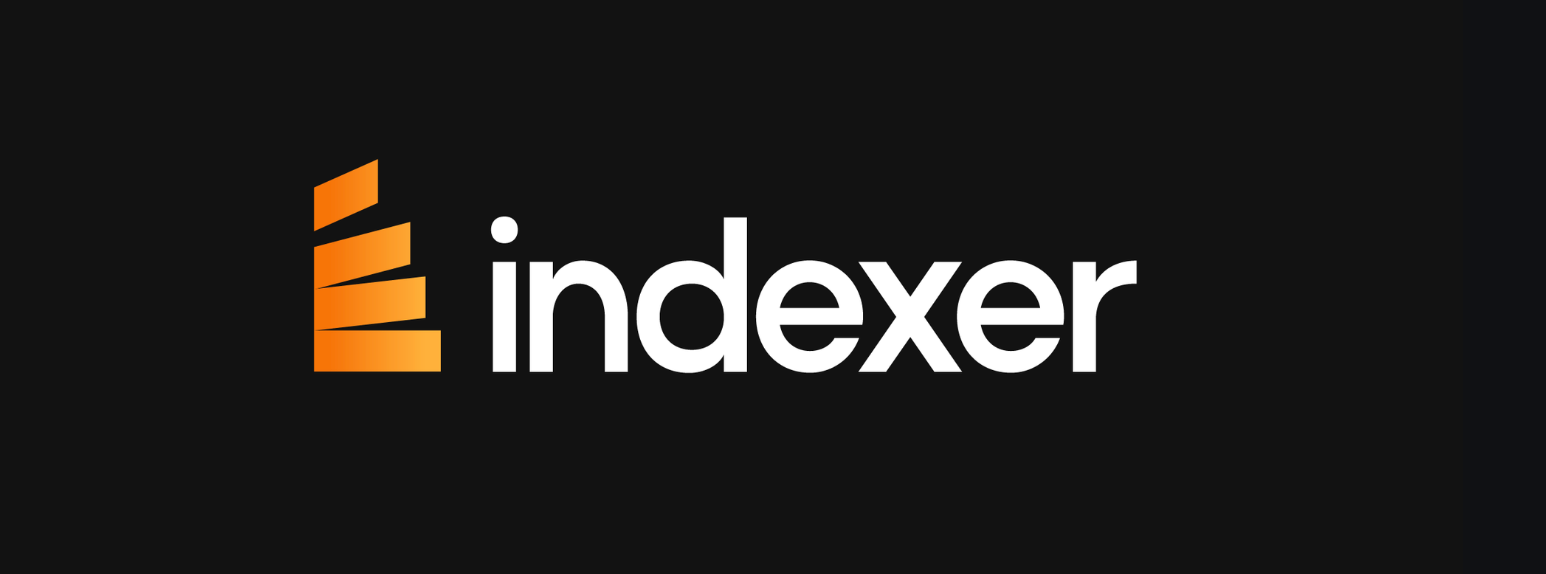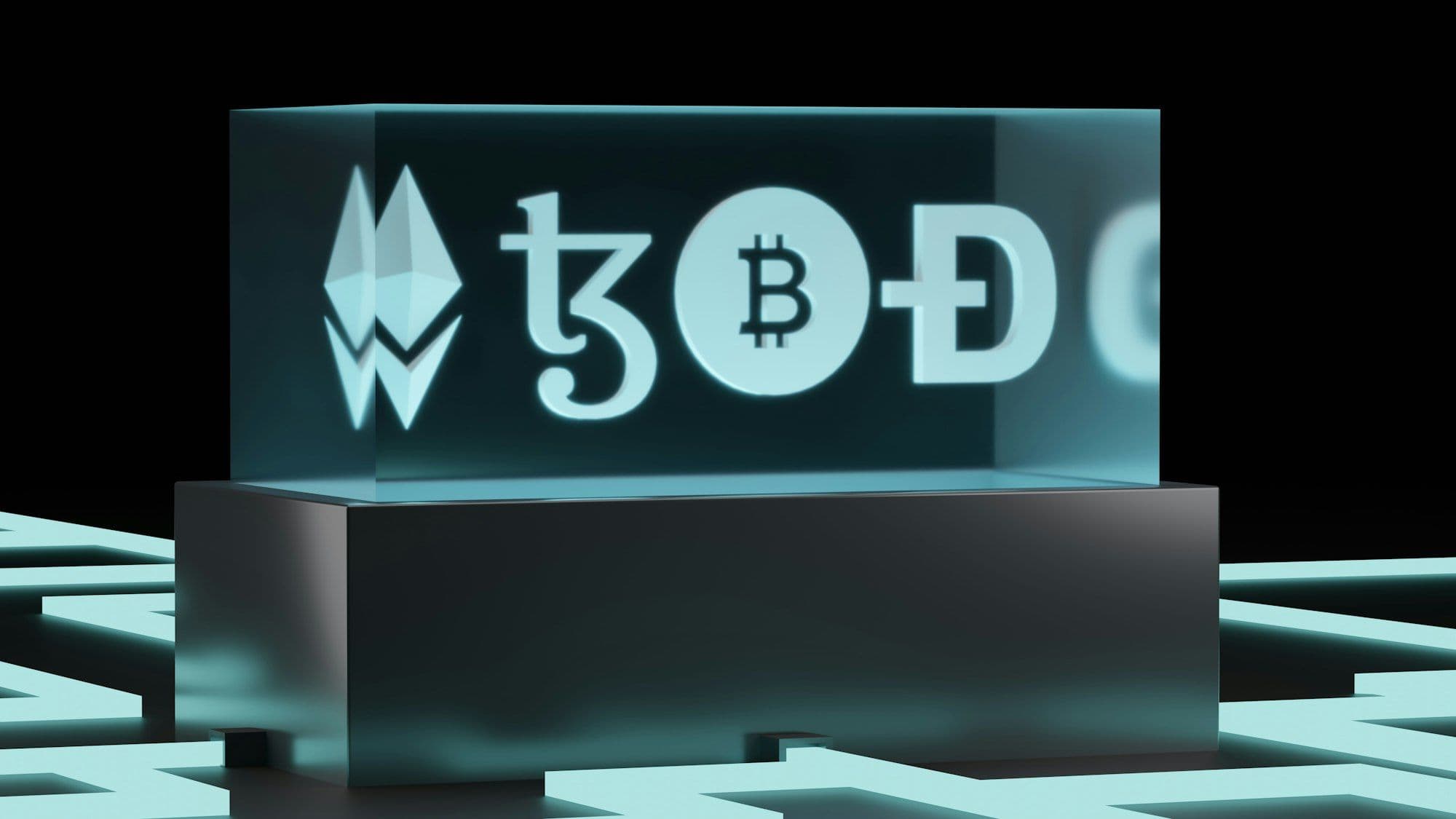
Elevating your application to support multiple blockchain networks via Indexer API not only broadens its functionality but also strategically positions it to harness the diverse strengths and opportunities each blockchain offers. To achieve seamless multichain integration, a nuanced approach is required, focusing on compatibility, user experience, and the scalability of your application. Here's what you should know:
1. Understand Each Blockchain's Indexer API
Incorporating Indexer API from different blockchains into your application opens up unique benefits for each network. This involves getting to know each blockchain's API inside and out, making sure your app can handle various data formats easily, and keeping the user experience smooth and straightforward. Also, it's important to plan for your app to grow, ensuring it can manage more data and users without a hitch. This thoughtful strategy makes your application more versatile and robust, fully tapping into the diverse offerings of multiple blockchains.
Below are critical steps and considerations for integrating multi-chain capabilities with the Indexer API:
- Research and document the capabilities, limitations, and data formats of the Indexer API for each target blockchain (e.g., Ethereum, Algorand, Binance Smart Chain).
- Understand the differences in API endpoints, response structures, and query parameters across these blockchains.

2. Design a Multichain Architecture
Designing a multichain architecture involves creating a framework for an application that enables it to interact with multiple blockchain networks seamlessly. This architecture is built on principles of modularity, interoperability, and scalability, allowing the application to support various blockchain protocols, assets, and functionalities.
To accommodate multiple blockchains, your application's architecture must be flexible and scalable:
Abstract Blockchain Interactions:
Abstracting blockchain interactions involves creating a layer within an application that simplifies communication with various blockchains. This abstraction layer acts as a bridge, translating generic application commands into the specific actions required by different blockchain protocols.
Here are some examples:
- Modularity:
Build the layer to easily plug in or remove blockchain integrations, ensuring your app remains agile and can quickly adapt to new or evolving blockchain technologies. - Uniform Interface:
Create a standard interface within this layer that simplifies communication with different blockchains, offering a consistent set of functions regardless of the blockchain's unique complexities.
Implementation Tactics:
It refers to the specific strategies and approaches used to execute and apply the plans or designs of a project or system. In the context of software development or technology projects, implementation tactics might include the methodologies for coding, integrating systems, deploying features, and ensuring the system operates as intended.
Here are some:
1. Command Translation:
Equip the layer with the ability to convert generic app commands into specific actions for each blockchain, like translating an asset transfer command appropriately for different networks.
2. Data Normalization:
Integrate normalization to handle and convert blockchain data into a uniform format, streamlining the integration and usability within your app.
Enhancements:
Enhancements involve improving blockchain interactions with advanced error handling, such as retry strategies for temporary glitches and clear user notifications for issues, alongside implementing strong security protocols to guard against specific threats, ensuring transactions are safe and dependable.
1- Error Handling:
Forge robust mechanisms for addressing errors and inconsistencies during blockchain interactions, including retries for temporary issues and clear alerts for user-required actions.
2- Security Measures:
Embed security protocols within the layer to protect against blockchain-specific threats, ensuring safe and reliable transactions.
Performance Improvements:
Performance improvements enhance app speed and efficiency by implementing caching to reduce repeat queries and managing concurrent blockchain activities for optimal performance. Data handling is optimized by designing models and storage that standardize and unify diverse data from multiple blockchains, ensuring consistent presentation and analysis.
Here’s what you can improve:
1- Caching:
Implement caching to minimize repetitive data queries, boosting your app’s speed and efficiency.
2- Concurrency Management:
Design the layer for effective concurrent handling of blockchain activities, optimizing resource use and performance.
3- Configure Data Handling:
Design your data models and storage to handle and normalize the data retrieved from different blockchains, considering variations in transaction formats, asset representations, and smart contract states.

3. Implement Modular Blockchain Connectors
Implementing modular blockchain connectors involves developing specialized components for easy interaction with multiple blockchains, ensuring flexibility and streamlined communication. This approach promotes scalability and simplifies the integration of diverse blockchain functionalities.
To streamline your application's interaction with multiple blockchains, focus on crafting specialized blockchain connectors with these core principles:
Core Functionalities
Core functionalities include dynamic data mapping, which allows connectors to adapt automatically to changes in blockchain data structures for seamless integration, and intelligent query optimization, which adjusts strategies based on network load and complexity to efficiently fetch data, minimizing resource usage.
Here's what you should know:
1- Dynamic Data Mapping:
Introduce dynamic data mapping within connectors to automatically adjust to changes in blockchain data structures, ensuring seamless data integration even as underlying blockchain protocols evolve.
2- Intelligent Query Optimization:
Implement intelligent query optimization strategies that dynamically adjust based on network load and query complexity, reducing the time and resources required to fetch data.
Error Management
It involves creating adaptive error recovery protocols in connectors to smartly tailor retry strategies to different error types, enhancing reliability. It includes reinforcing security through measures like multi-factor authentication and advanced encryption, safeguarding data and operations against security threats, and ensuring application resilience.
Be familiar with these:
1- Adaptive Error Recovery:
Develop adaptive error recovery protocols within connectors that can intelligently adjust their retry strategies based on the nature of the error, whether it’s a temporary network issue or a persistent data query problem.
2- Security Layering:
Layer security measures by adding multi-factor authentication for sensitive operations and employing advanced encryption techniques to protect data both in transit and at rest, ensuring that your application remains resilient against evolving security threats.
Performance Tuning and Scalability
Load balancing involves using mechanisms to evenly distribute queries across blockchain nodes or instances, enhancing system reliability and optimizing response times. Scalable architecture design focuses on creating connectors that can handle growing demands from an expanding user base or increased blockchain interactions, ensuring consistent performance without faltering.
Here are examples
1- Load Balancing:
Incorporate load balancing mechanisms to distribute queries evenly across multiple nodes or instances of the blockchain, optimizing response times and system reliability.
2- Scalable Architecture Design:
Design connectors with a scalable architecture in mind, allowing them to efficiently manage increased loads from a growing user base or expanded blockchain interactions without degradation in performance.

4. Develop Multi-chain Features
Developing multi-chain features involves creating functionalities within your application that leverage its ability to interact with multiple blockchain networks. This can enhance your application's versatility and value, offering users a wider range of services and interactions across different blockchain ecosystems tailored to the specific needs and goals of your application.
Depending on your application's purpose, you may want to implement features that utilize the multichain capabilities:
Cross-Chain Transactions:
Cross-chain transactions refer to the process of transferring assets or data between different blockchain networks. This technology allows for interoperability between otherwise isolated blockchains, enabling users to exchange cryptocurrencies, tokens, or other digital assets from one blockchain to another without needing a centralized exchange or intermediary.
Consider incorporating the following key features:
1- Smart Contract Interactions:
For applications that interact with smart contracts across different blockchains, develop a system to deploy, call, and manage smart contracts in a unified manner. This could involve creating abstract interfaces for common contract interactions, allowing users to engage with contracts on any supported blockchain through a single interface.
2- Decentralized Finance (DeFi) Integrations:
If your app taps into the DeFi ecosystem, integrate features that allow users to participate in lending, borrowing, staking, and yield farming activities across multiple blockchains. This can include interfacing with various DeFi protocols and automating the process of finding the best rates or opportunities for users.
3- Blockchain-Specific Notifications:
Implement a notification system that alerts users to significant events on any of the blockchains they are interested in, such as completed transactions, smart contract executions, or notable market movements. This requires a robust event listening and filtering mechanism within your connectors to detect and relay relevant information.
4- Cross-Chain Governance:
For platforms that involve governance or voting mechanisms, create cross-chain governance features that enable users to participate in decision-making processes regardless of the blockchain on which the governance tokens or votes reside. This could involve aggregating votes from different blockchains or creating a proxy voting mechanism.
Unified Asset View:
A Unified Asset View is a feature in applications like wallets or portfolio trackers that consolidates and displays a user’s assets across multiple blockchains in a single, integrated interface. This approach allows users to see a comprehensive overview of their cryptocurrencies, tokens, NFTs, and other digital assets without the need to switch between different platforms or interfaces.
To effectively implement a unified asset view in applications like wallets or portfolio trackers, focusing on the top three strategies can significantly enhance user experience and provide comprehensive portfolio management capabilities:
1- Comprehensive Data Aggregation:
Develop a robust system to automatically detect and track users' assets across multiple blockchains, including cryptocurrencies, tokens, NFTs, and other digital assets. This requires efficient and optimized calls to Indexer API for real-time or near-real-time data synchronization to ensure the asset information displayed is current and accurate.
2- Enhanced Asset Visualization:
Offer customizable dashboards that allow users to tailor their view according to their preferences, such as selecting specific assets to highlight, filtering by asset type, or sorting by value or performance. Incorporate advanced visualization tools like charts, graphs, and heat maps to provide deep insights into portfolio performance, asset distribution, and risk analysis across different blockchains.
3- Advanced Portfolio Insights:
Integrate features that provide users with detailed analysis of their portfolio, including asset correlation analysis and historical performance tracking. These insights can help users make informed decisions by understanding the diversification and risk within their portfolio and comparing their asset performance against major benchmarks or cryptocurrencies.

5. Plan for Continuous Integration and Deployment
Adopting a CI/CD approach is crucial for keeping up with blockchain technology advancements, involving automated testing to ensure new updates work across different blockchains without breaking existing features. CI/CD practices streamline the update process for APIs, connectors, and more, allowing for quick deployments and easy rollbacks to maintain application integrity.
With the fast-paced evolution of blockchain technologies, your development process should be agile:
1- Automated Testing:
Implement automated testing strategies that cover various blockchains, ensuring that updates or new features do not break existing functionalities.
2- Continuous Integration/Continuous Deployment (CI/CD):
Adopt CI/CD practices to streamline the integration of updates to Indexer API, blockchain connectors, or any other part of your application, enabling rapid deployment and rollback if necessary.

In short
Making your application multichain is a strategic decision that can significantly broaden its appeal and functionality. By carefully designing a flexible architecture and implementing modular, blockchain-specific connectors through the use of Indexer API, you can create a powerful application that leverages the strengths of multiple blockchain ecosystems. Remember, the key to a successful multichain application lies in the abstraction and modularization of blockchain interactions, ensuring your application remains adaptable and scalable as new blockchains emerge and existing ones evolve.

Visit Indexer.xyz to boost your app with Indexer API, making it a breeze to work with assets across multiple blockchains. Keep your application cutting-edge and user-friendly. With Indexer.xyz, integrating blockchain is straightforward. Get started on enhancing your app with multichain capabilities now!



